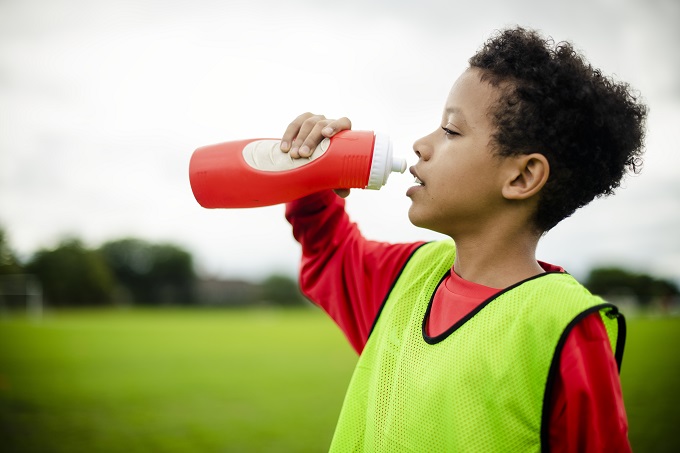Drinking water for your students

Drinking fountains – they’re far from a modern phenomenon. The Ancient Greeks created fountains as one of the fundamentals of urban life, with people filing jugs from the free-flowing waters incorporated into ornament fountains.
CHECK OUT OUR LATEST PRINT ISSUE FREE ONLINE
It was in the 19th century that the idea of a purpose-built public drinking fountains, however, was born. In 1859, amid an outbreak of cholera in England, a group of wealthy Londoners formed a group called the Metropolitan Drinking Fountain Association. They set about constructing public drinking fountains in the city using private funds to give people an alternative to the germ-ridden river water supplied to homes from The River Thames. It was filtered and it was free, and, unsurprisingly, proved incredibly popular.
Making sure free, filtered drinking water remains a popular, available commodity is one of the many roles of schools in the 21st century. Encouraging students to stay hydrated can help instil lifelong habits with untold benefits. You are what you eat – and drink. The human body is made up of up to 60 percent water, with the brain and heart both composed of approximately 73 percent water and the lungs, about 83, percent according to H.H. Mitchell in the Journal of Biological Chemistry 158.
Drinking water is essential for our health, yet many people still choose not to. Making it available and accessible is only the start; educating children on the importance of drinking it is key too. As a rough guide, it is believed adults should aim for 1.5–2 litres (6–8 cups) of fluid each day and children 1–1.5 litres (4–6 cups). By modelling healthy water consumption, adults can make a real difference not only to a child’s capacity to learn in the classroom and beyond, but to a child’s lifelong health and wellbeing.
Industry voices: what are some water solutions for schools to watch?
Claire Allan, owner and General Manager at Urban+, revealed that she has seen a big shift in school buying behaviour when it comes to drinking water.
“During the early stages of the pandemic many state health authorities gave clear instructions to turn off bubblers where hygiene or the potential of cross contamination of the virus could happen. This meant that schools had to find other ways to ensure that children remain hydrated. Removing the old-style drinking bubbler and replacing it with a bottle filler is one practical solution we saw emerging. A bottle filler reduces excess water waste but reduces the risk of passing on the virus.
“We also see an increasing focus on sustainability and conservation in our schools, and the importance of student comfort to promote optimal learning. Ten to fifteen years ago there were very few classrooms that had air conditioners in them and now we see students and teachers feeling bereft if there is no air conditioning available. We see this emerging comfort trend in provision of drinking water also, where there is now an increased demand in accessible filtered chilled water for students to drink.
“Another major trend that is the continuing need to reduce single-use plastics, and specifically single use plastic bottles. Reducing the use of single use plastics is vitally important to our local environment and our planet but there must be a suitable alternative provided. Installing bottle fillers that provide clean, fresh, filtered, and chilled water is a practical and environmentally sustainable solution.
“Another important point to note for schools, is that the water solutions provided will to some degree depend on accessibility. Children of primary school age need to be able to reach and operate fountains and or bubblers. Being able to have fountains or bottle refills of varying heights enable solutions to be tailored to the school age demographic. Simple operation is also important for smaller hands.”
Cleaning, servicing and ongoing maintenance
Claire continued: “What a lot of schools may not fully appreciate is the ongoing cost of fresh water implementation. Not only is there the initial cost of product purchase and installation but there is the ongoing cost of service and maintenance. Continual breakdown or replacement costs of poorly designed and cheaply manufactured products do nothing to promote sustainability and can be very costly over the years to the school budget and the environment.
“Some questions that a school may want to consider asking, is whether the product is Australia-made, what the back-up service and maintenance plan is, whether parts are readily available, what the warranty period is, whether the company promotes sustainability and has a lifetime guarantee, and whether there are leasing options available to reduce capital costs.
“A final important question schools should ask when deciding on drinking solution, is how might the manufacturer be changing their operations to reduce their impact on the environment?”







